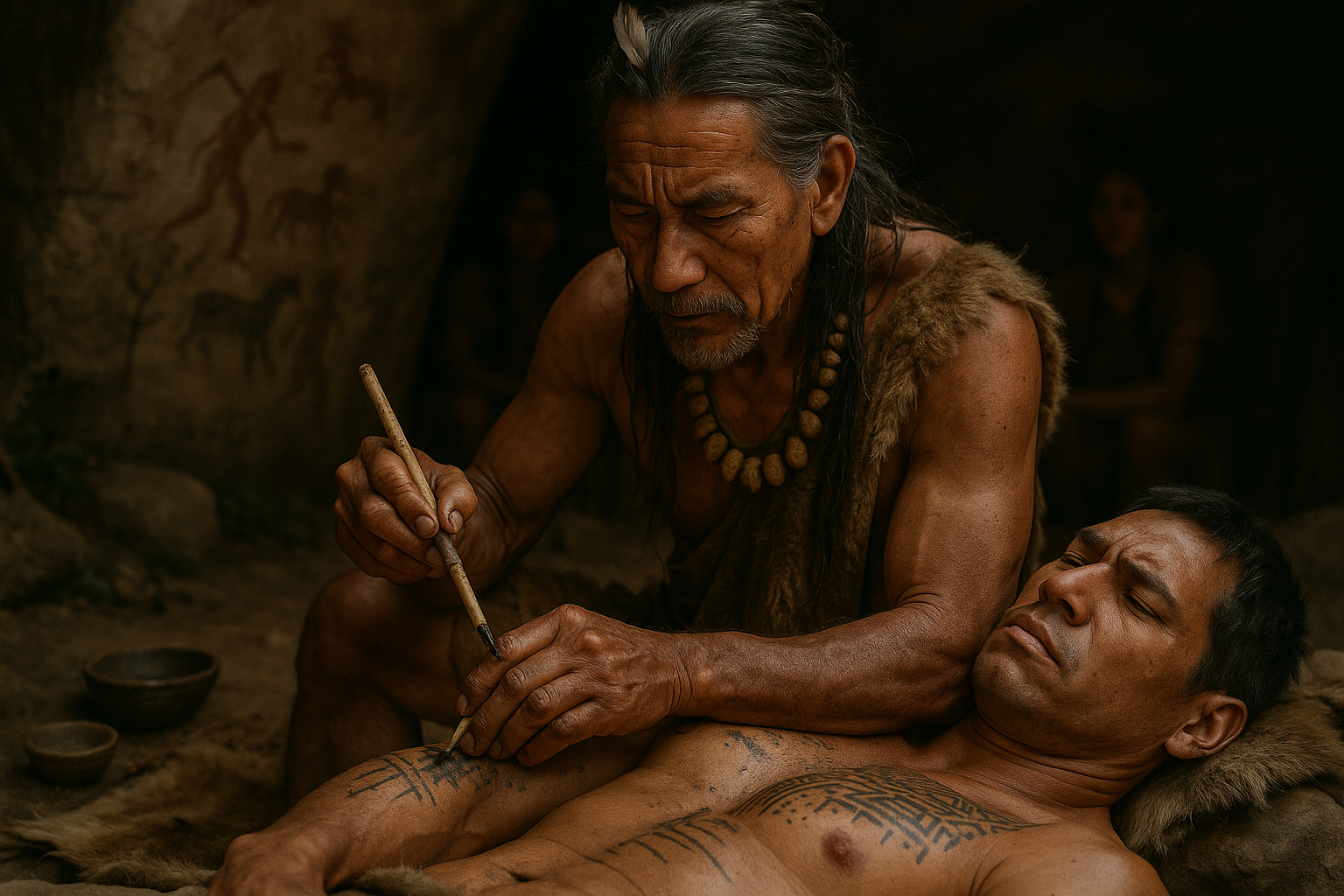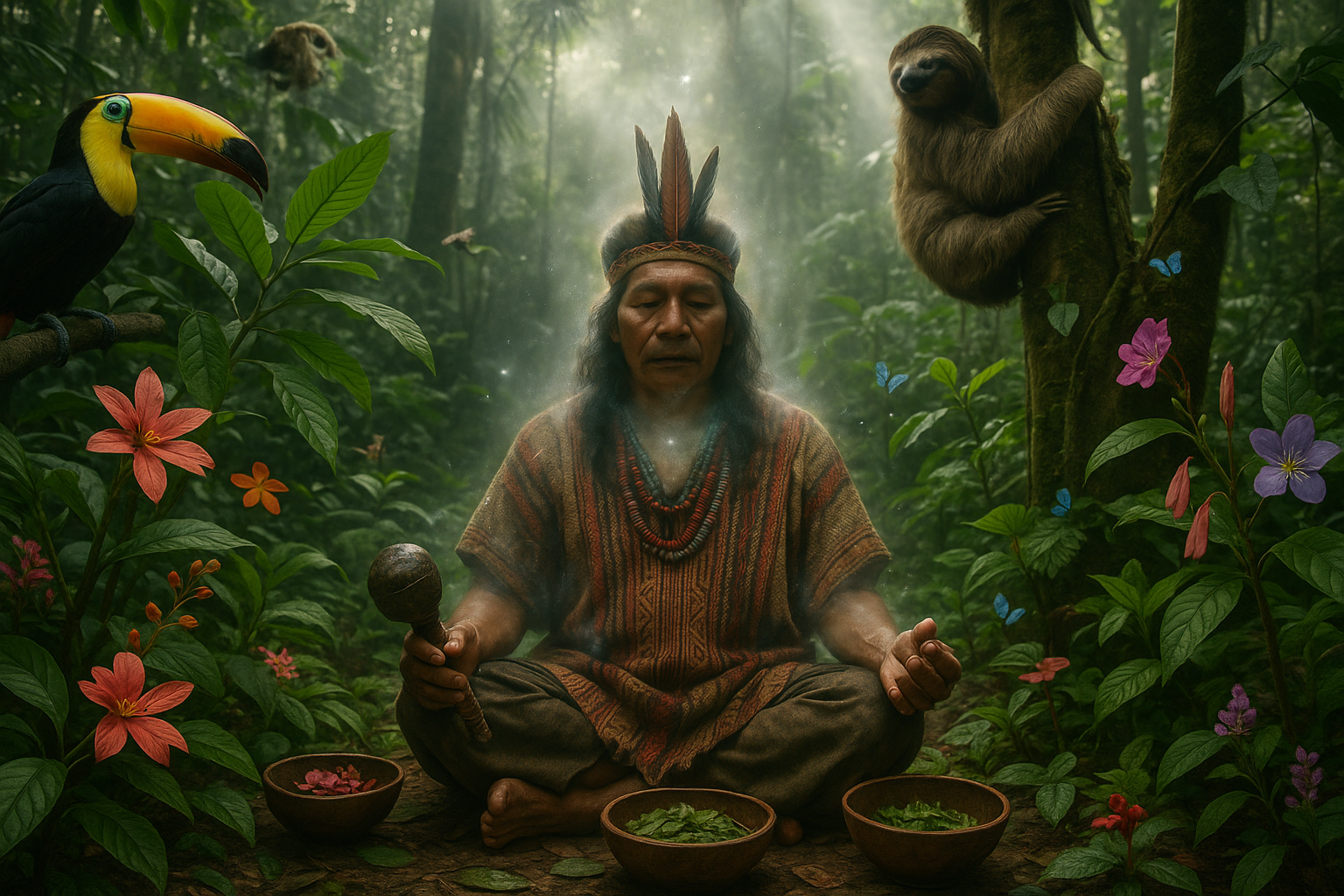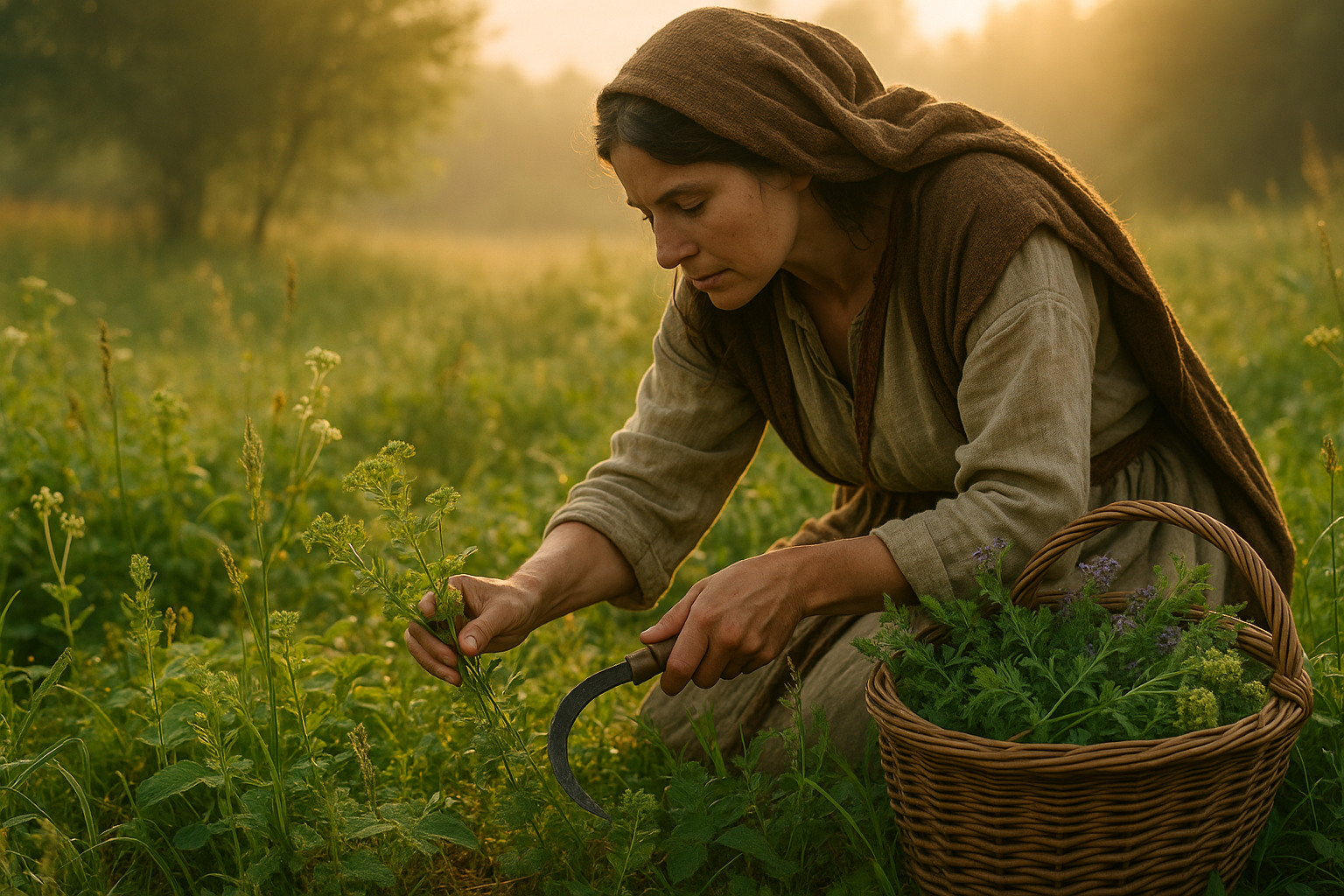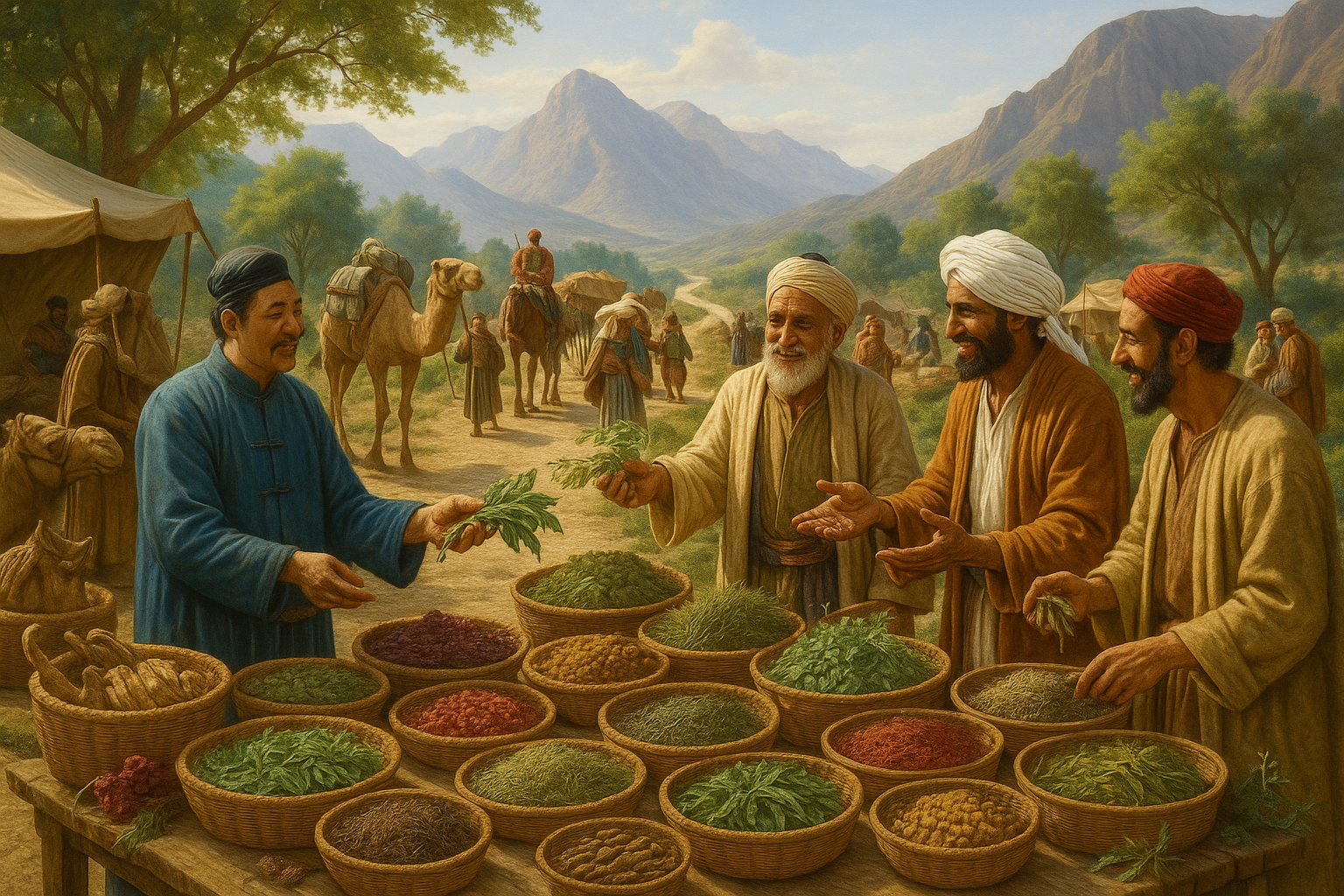The art of tattooing, a practice that dates back thousands of years, has always been shrouded in mystery and allure. It’s a form of expression that transcends mere aesthetics, weaving itself into the cultural and spiritual fabric of societies worldwide. But what if tattoos were more than just art? What if they were a form of ancient ritual surgery, a practice deeply embedded in the healing and transformative rituals of our ancestors?
In a world where tattoos are often seen as mere personal statements or fashion accessories, it’s easy to overlook their profound historical significance. 🌍 Yet, as we delve into the ancient roots of tattooing, we discover a practice rich with purpose and meaning. It’s a journey that takes us back to times when tattoos were not just skin deep but were integral to spiritual and physical well-being.
The exploration of tattoos as a form of ritual surgery opens a window into the lives of our ancestors, revealing how they perceived the human body and its connection to the cosmos. It challenges us to rethink our modern perceptions of tattoos and invites us to appreciate the deep-seated rituals that once accompanied the art of ink. In this article, we’ll embark on an enlightening journey through history, culture, and spirituality, exploring how ancient civilizations used tattoos for more than just decorative purposes.
The Origins of Tattooing
The story of tattooing begins over five thousand years ago, with evidence etched into the mummified skin of Ötzi the Iceman. His body bore markings that hint at therapeutic purposes, possibly linked to acupuncture. This early example sets the stage for understanding how ancient people used tattoos in ways that modern society might find surprising.
From the Polynesian islands to the tribes of Africa and the indigenous peoples of the Americas, tattooing was often a sacred practice. It was imbued with ritualistic elements that served to heal, protect, and transform. Tattoos were more than just skin art; they were a form of communication with the divine, a method to ward off evil, and a way to inscribe one’s journey on their very flesh.
Tattoos as Healing Rituals
Across various cultures, tattoos played a pivotal role in health and healing. In ancient Egypt, tattoos were believed to have therapeutic benefits, possibly related to fertility and childbirth. The tattooing process itself was seen as a form of surgery, one that involved precise incisions and the application of pigments that held medicinal properties.
Similarly, in the Maori culture of New Zealand, the intricate tattoos known as Tā moko were not only markers of identity and status but also served as spiritual healing tools. The process of receiving a tattoo was a deeply ritualistic event, designed to strengthen the bond between the physical and the metaphysical realms.
The Symbolism and Spirituality of Tattoos
Symbols have always played a crucial role in tattoos, often conveying messages that go beyond words. In ancient cultures, the choice of symbols was deeply tied to the individual’s spiritual journey and social standing. 🌀 For instance, the snake might symbolize rebirth and transformation, while other symbols served as protective amulets.
The act of tattooing was considered a rite of passage in many societies. It marked significant life events and transitions, embodying the individual’s personal growth and evolution. The permanence of tattoos served as a constant reminder of one’s spiritual path and commitments.
Modern Reflections and Revival
Today, the practice of tattooing as a form of ritual and healing is experiencing a renaissance. Modern tattoo enthusiasts are increasingly seeking designs that carry personal significance and connect them to their cultural heritage. The resurgence of interest in the spiritual and therapeutic aspects of tattoos highlights a growing desire to reclaim this ancient art form’s original purpose.
As we continue to explore the intersection of tattoos, culture, and spirituality, we gain a deeper appreciation for the rich tapestry of meanings embedded in this timeless practice. Whether viewed as art, ritual, or surgery, tattoos offer a unique lens through which we can examine our shared human history.
Join us as we delve deeper into these fascinating topics, exploring the profound connections between ink and incisions. Discover how the ancient art of tattooing continues to shape our identities and connect us to the sacred traditions of our ancestors. 🌟

Conclusion: Ritual Tattoo Surgery — Ancient Art 🖋️🩸
As we conclude our exploration of ritual tattoo surgery, it’s clear that this ancient practice transcended body art — it was a sacred act of transformation, identity, and spiritual connection. For many early cultures, tattooing was not merely aesthetic but ceremonial, a fusion of pain, symbolism, and healing that marked pivotal moments in life and belief.
The true essence of ritual tattooing lies in its merging of art and spirituality. 🌿✨ Each incision, pigment, and pattern told stories of ancestry, protection, and initiation, binding the individual to their community and the divine. Ultimately, ritual tattoo surgery is more than an ancient art — it is a living testament to humanity’s enduring desire to express the soul through the skin, transforming the body into a vessel of meaning and memory.
Toni Santos is a researcher and practitioner specializing in the study of ancestral healing systems, energetic frameworks of the body, ancient herbal traditions, and sacred operative procedures. Through an interdisciplinary and historically-rooted lens, Toni investigates how humanity has preserved and transmitted knowledge of preventive health, subtle anatomy, plant medicine, and ritual intervention — across cultures, lineages, and sacred traditions. His work is grounded in a fascination with healing not only as physical remedy, but as carriers of hidden wisdom. From ancestral preventive health practices to energetic healing maps and ritual operative techniques, Toni uncovers the visual and symbolic tools through which cultures preserved their relationship with the body, spirit, and plant world. With a background in ethnomedical history and comparative anatomy systems, Toni blends archival research with practical study to reveal how ancient societies used plants, energy, and ceremony to shape health, transmit wisdom, and encode sacred knowledge. As the creative mind behind jirenx.com, Toni curates illustrated frameworks, historical case studies, and symbolic interpretations that revive the deep cultural ties between ancestral medicine, energetic healing, and sacred procedure. His work is a tribute to: The lost healing wisdom of Ancestral Preventive Health Practices The guarded rituals of Energetic Anatomy and Healing Maps The ancient knowledge of Herbal Pharmacology of Antiquity The layered sacred practice of Ritual Surgery and Sacred Operations Whether you're a traditional medicine scholar, energetic healer, or curious seeker of ancestral health wisdom, Toni invites you to explore the hidden roots of sacred medicine — one practice, one map, one ritual at a time.




